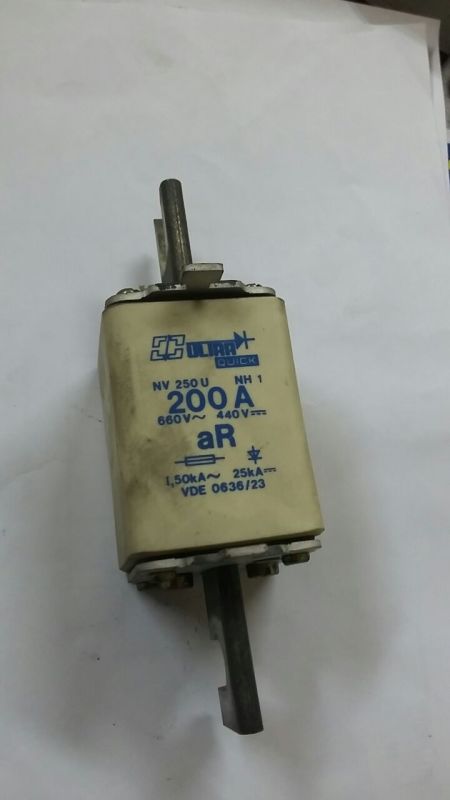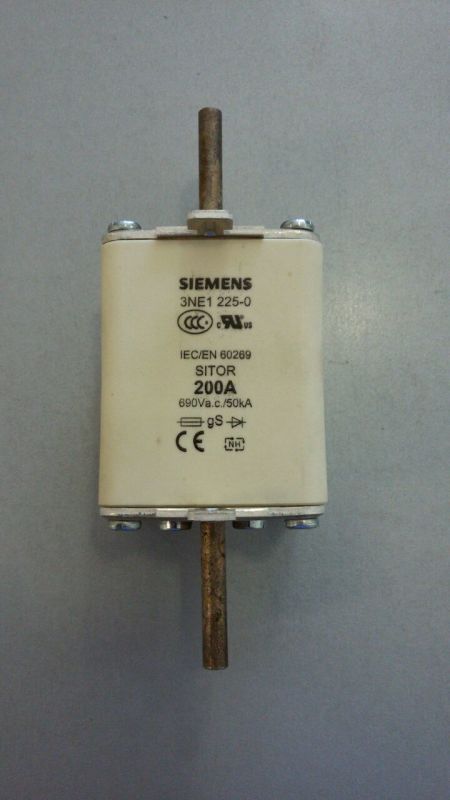lukin1977
Mechanical
- Jan 19, 2009
- 397
I am looking for 3 high speed fuses type aR . I found a local supplier of high speed fuses but fuse type gS
Does anybody knows the difference between aR and gS fuses?


They are installed on the 3 input lines of a DC Drive
Does anybody knows the difference between aR and gS fuses?


They are installed on the 3 input lines of a DC Drive
